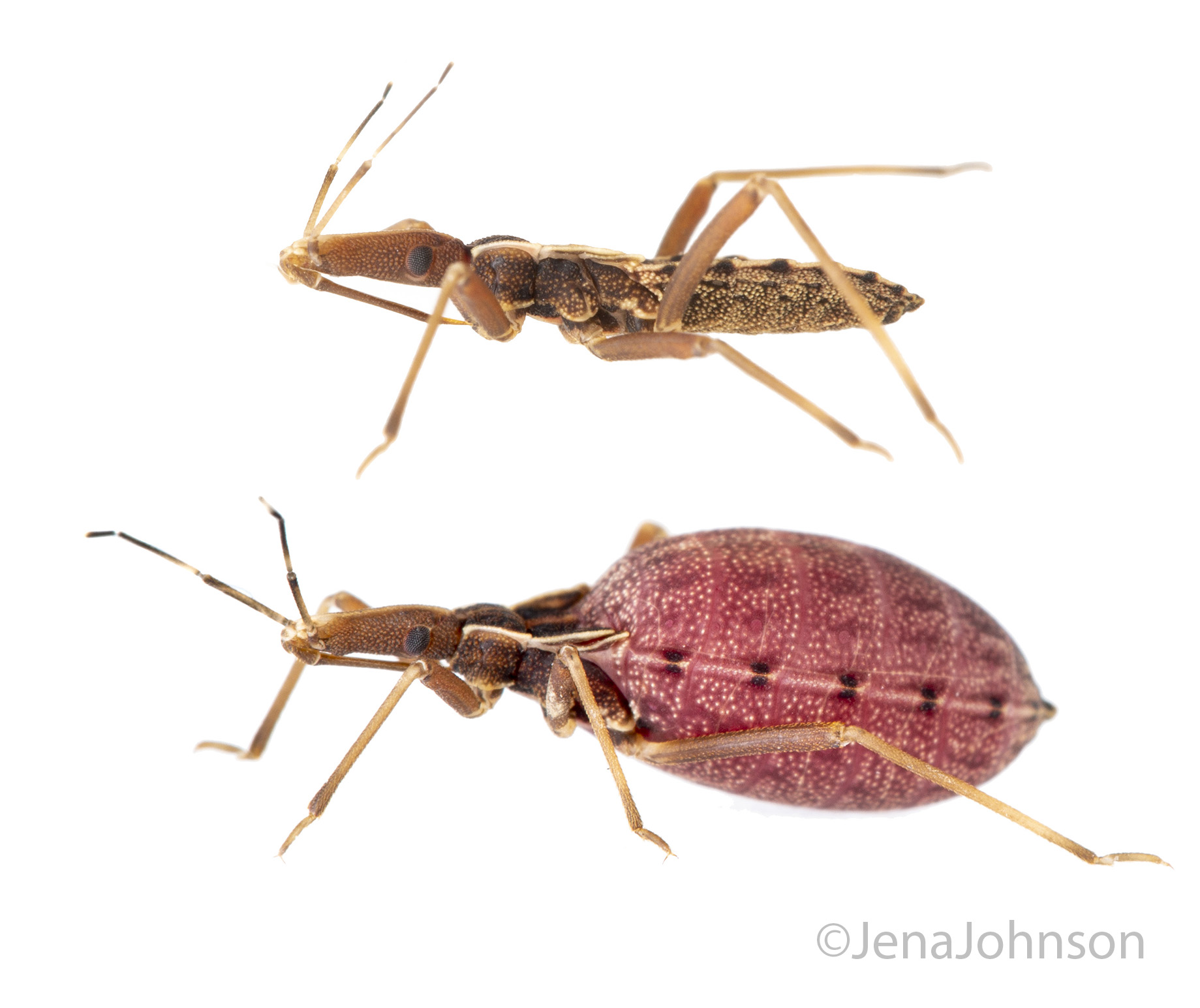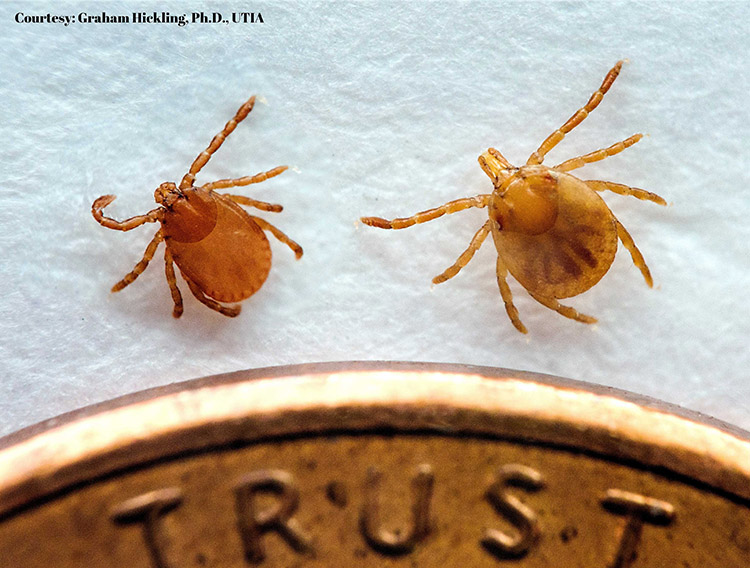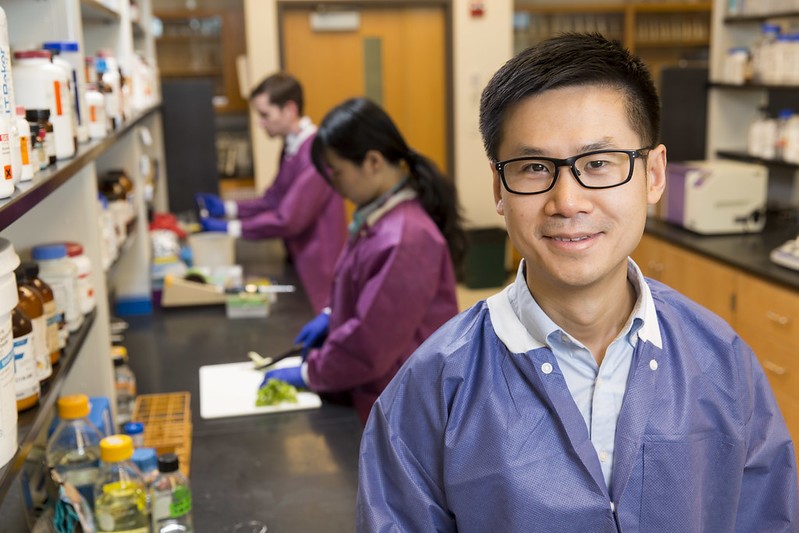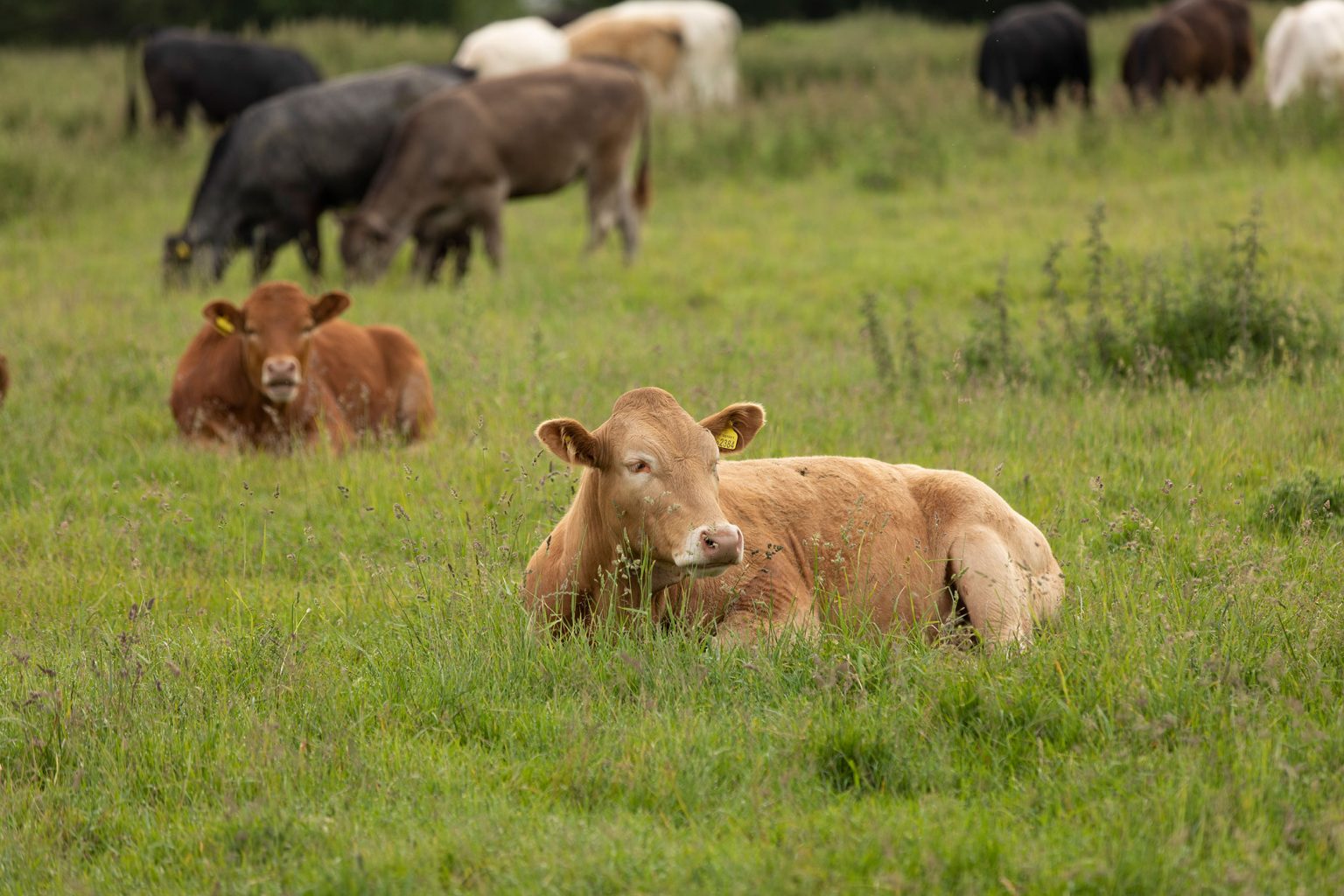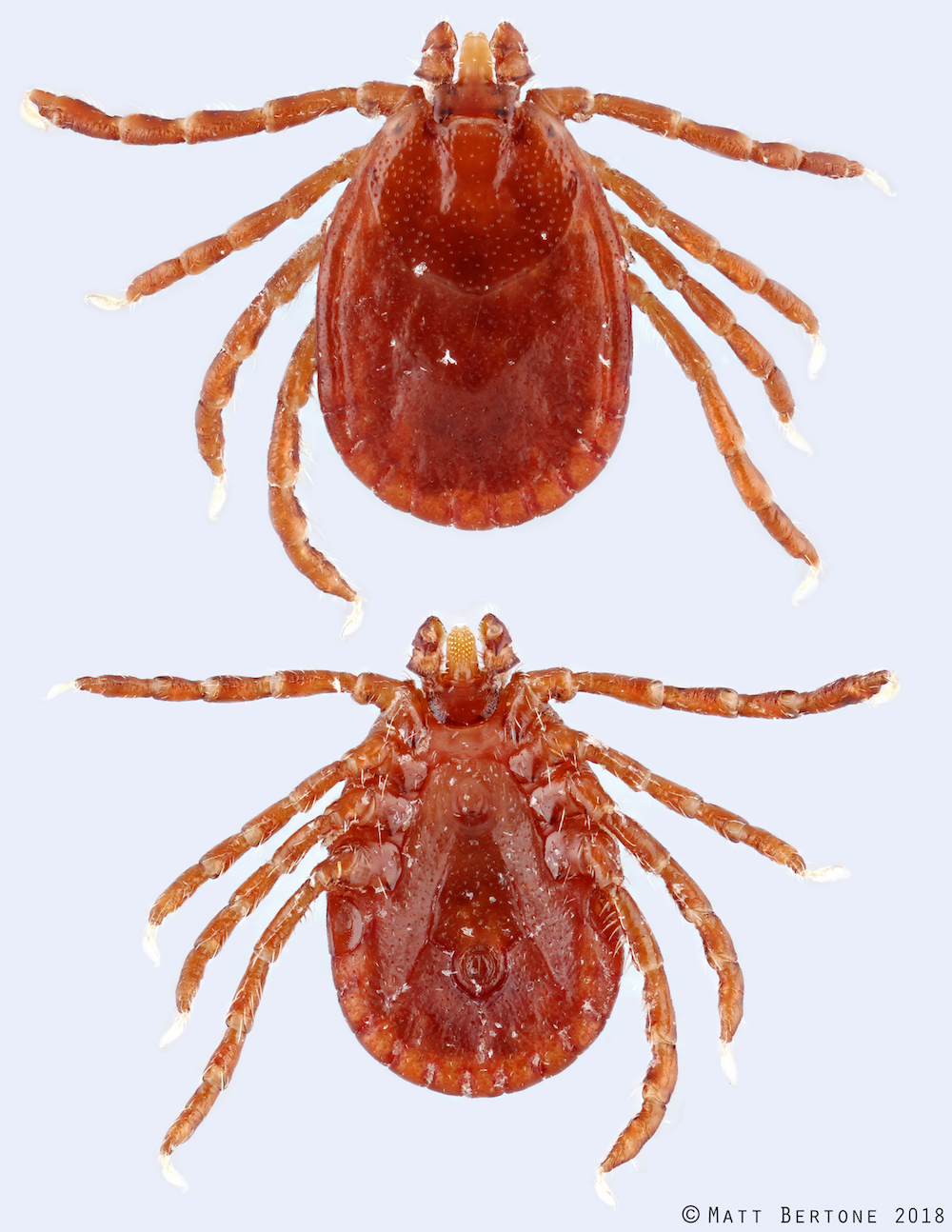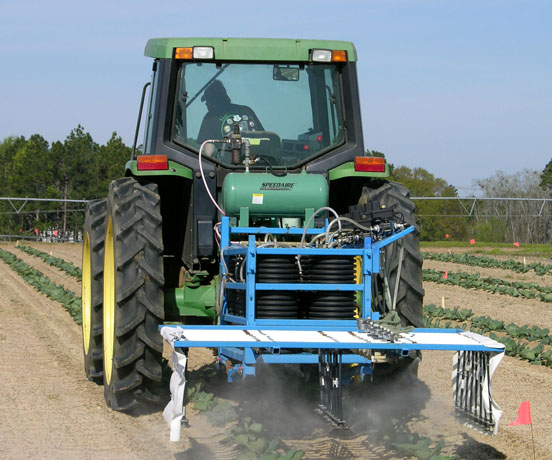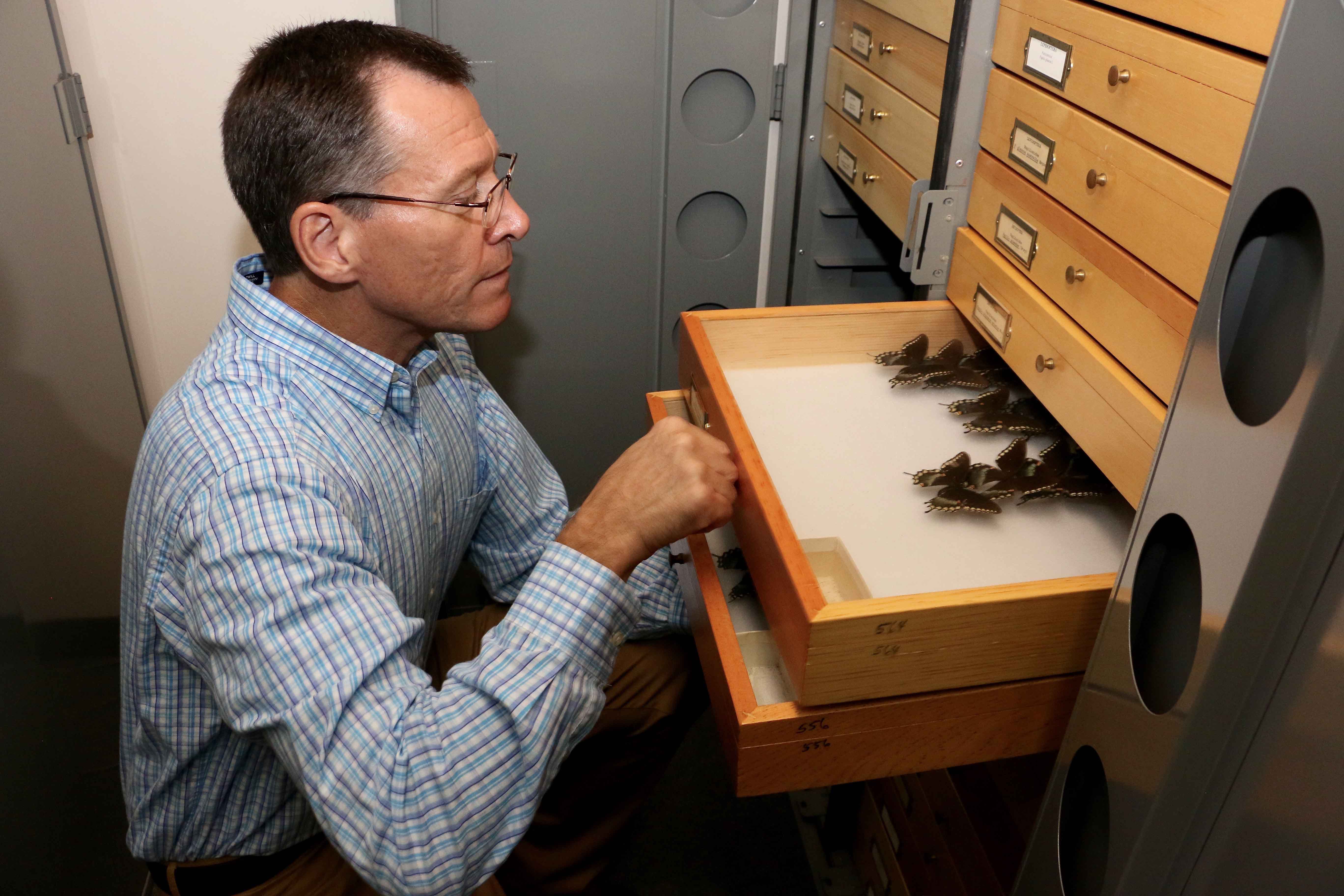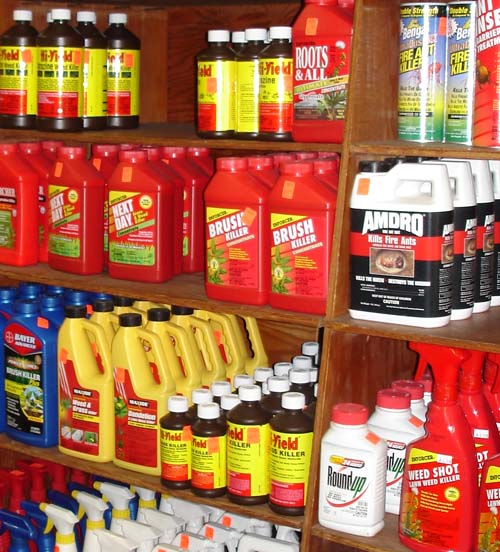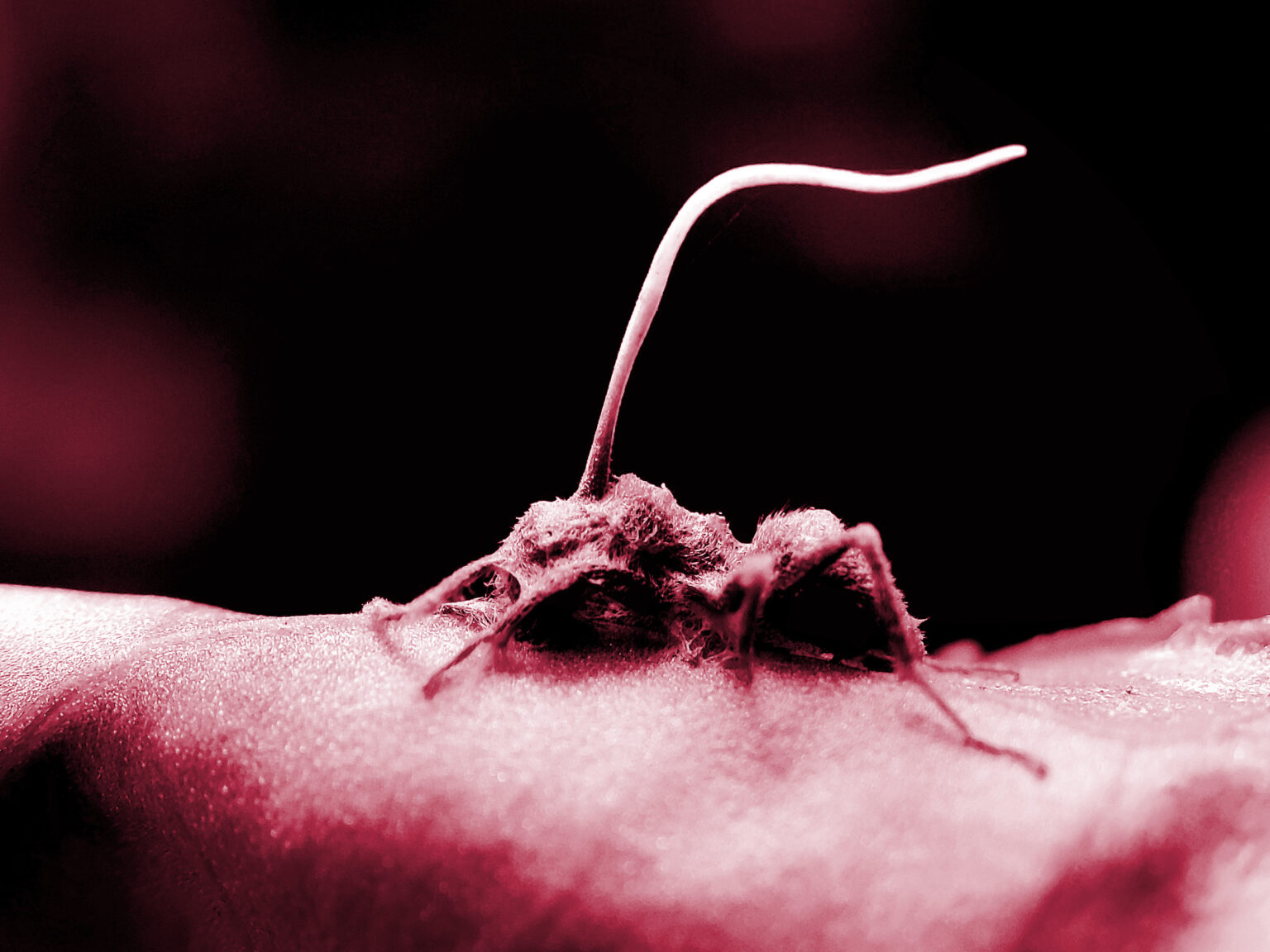 CAES News
CAES News
Public Health Enemy
As antimicrobial resistance grows, the world faces a deadly adversary few predicted: fungus. The battle against pathogenic fungi is raging, and UGA researchers are on the frontlines. “The fungus starts to direct the ant’s behavior, telling it where to go, what to do, like a puppeteer with a marionette. And it gets worse,” Dr. Neuman begins. “The fungus needs food to live, so it begins to devour its host from within, replacing the ant’s flesh with its own. But it doesn’t let its victim die. No, it keeps its puppet alive.”

